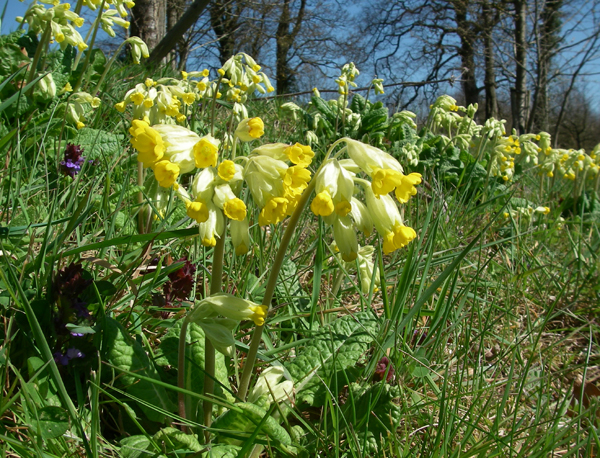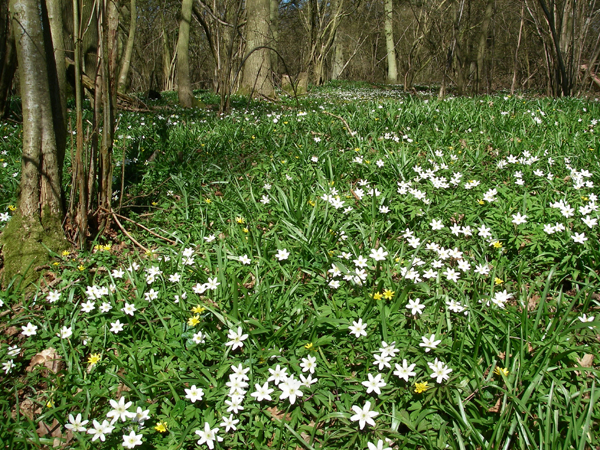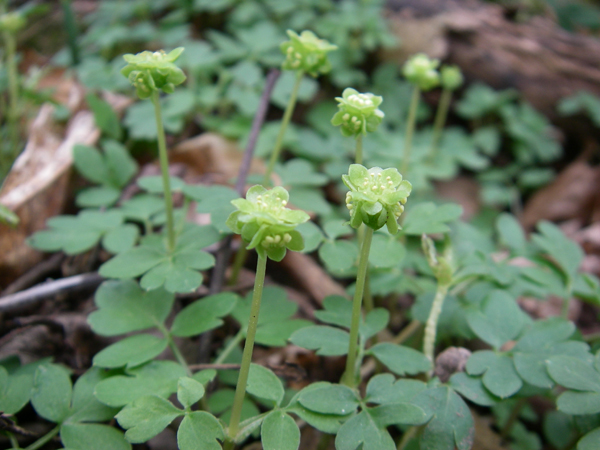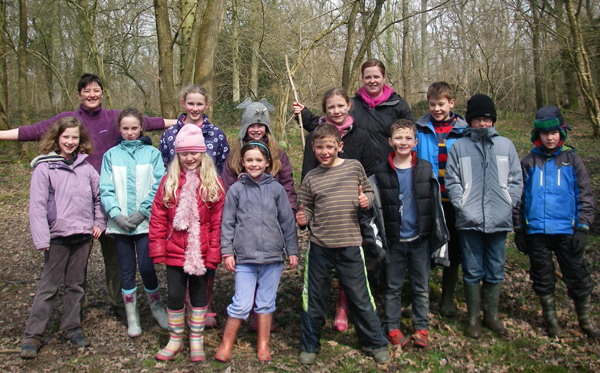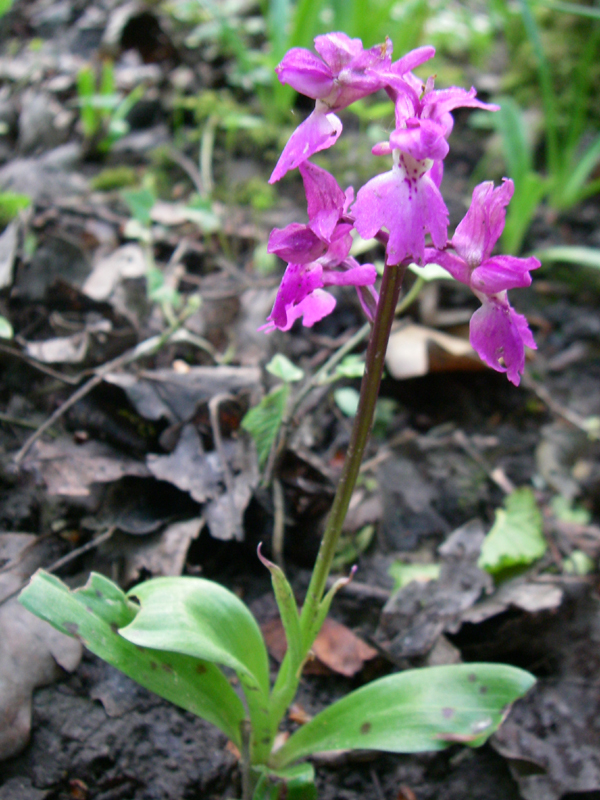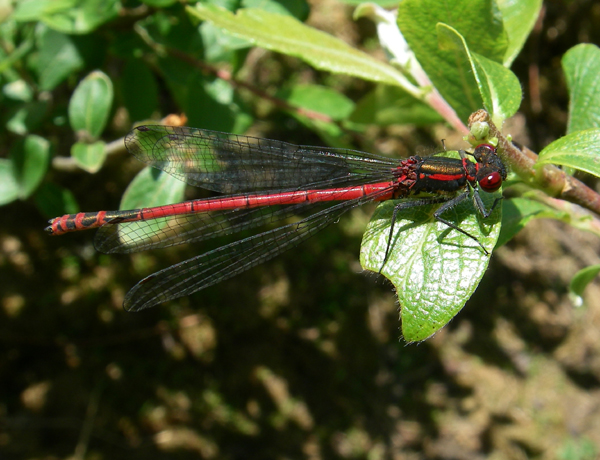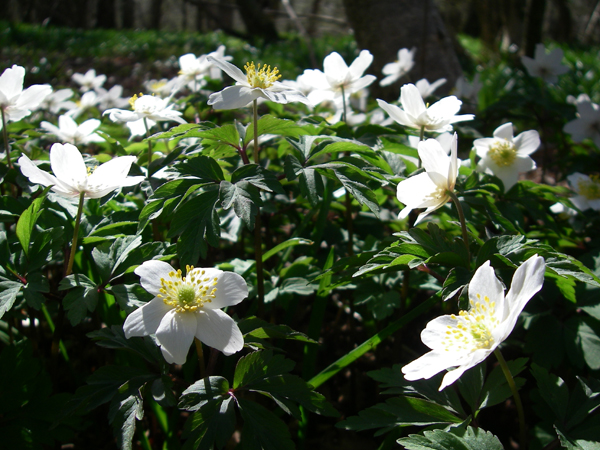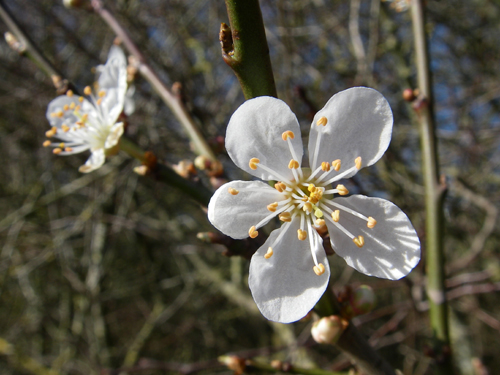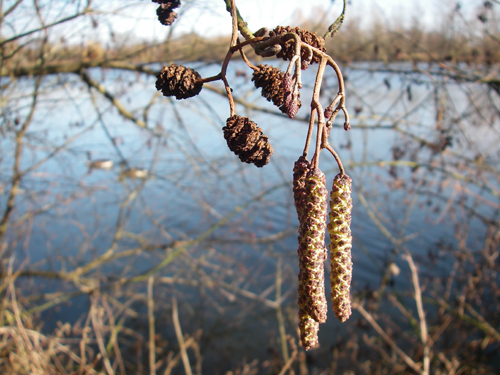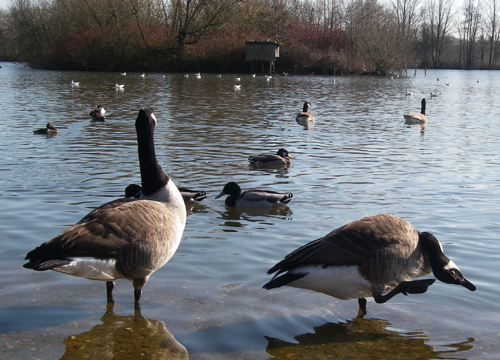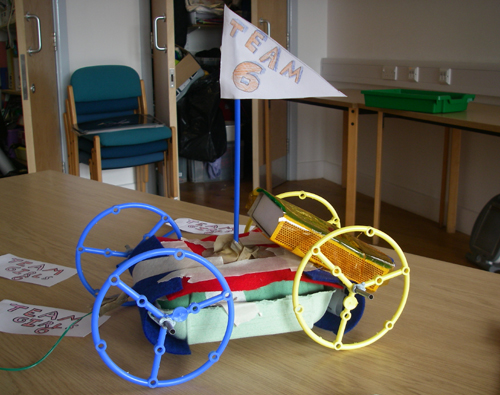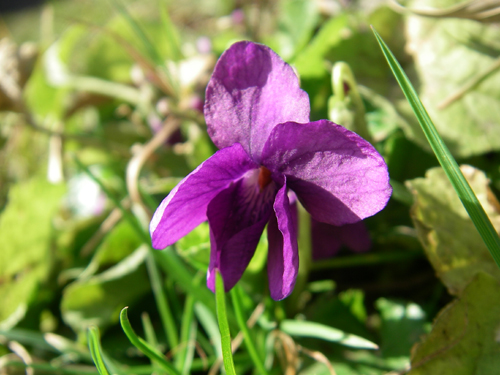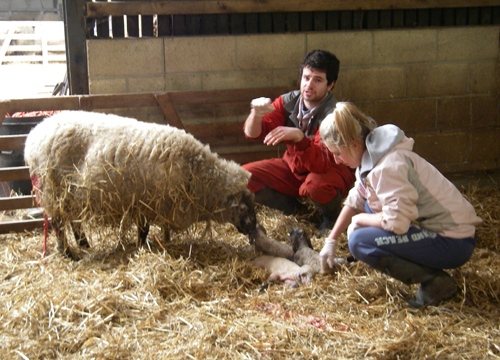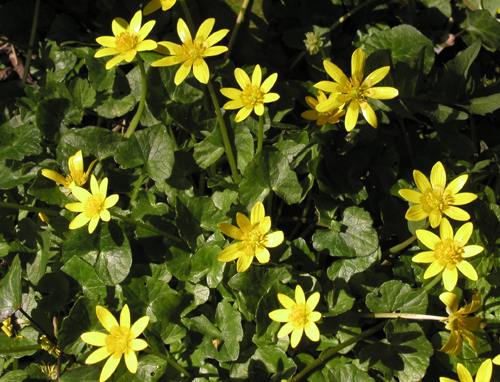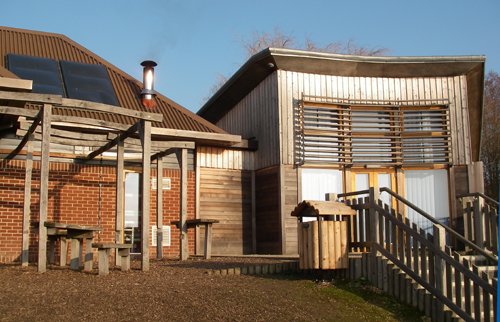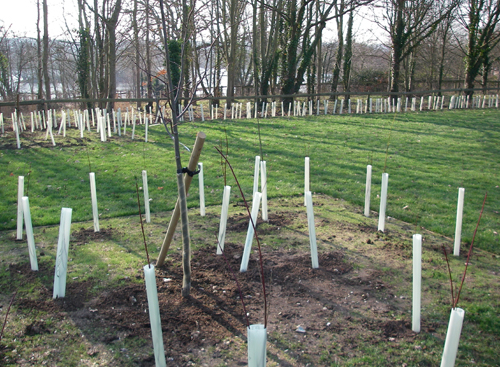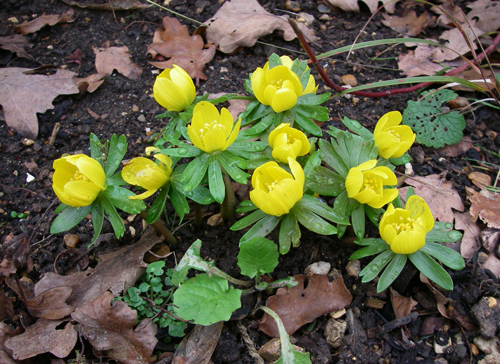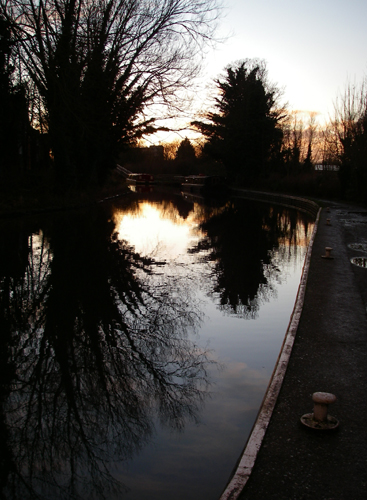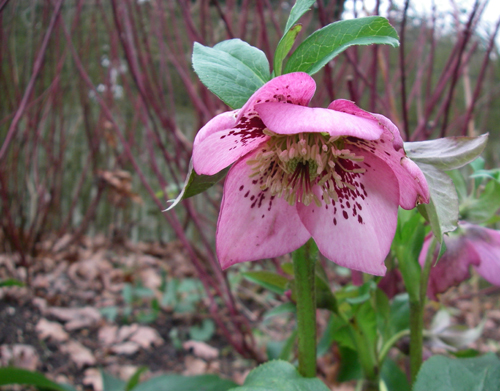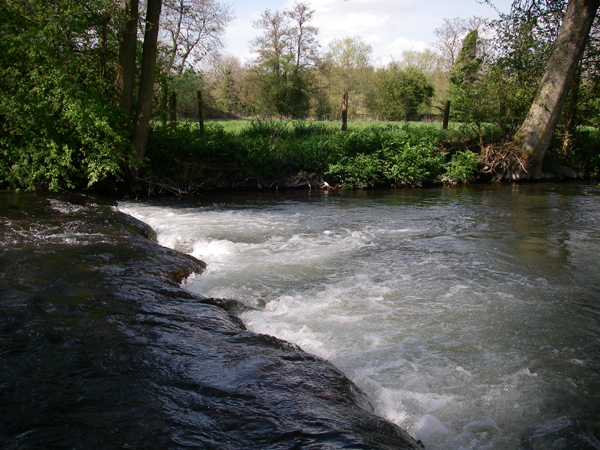 The busy days of early spring and lambing have been followed by the equally busy months of April, May and early June, with my outdoor learning work filling most of my time. Despite our Arctic spring (courtesy of the jet stream’s wanderings), the seasons have been ever so slowly inching forwards, and although today is grey and rainy there are signs that we may have more of a summer this year than in 2012. Here’s hoping!
The busy days of early spring and lambing have been followed by the equally busy months of April, May and early June, with my outdoor learning work filling most of my time. Despite our Arctic spring (courtesy of the jet stream’s wanderings), the seasons have been ever so slowly inching forwards, and although today is grey and rainy there are signs that we may have more of a summer this year than in 2012. Here’s hoping!
Most unusually, we did have a sunny and warm Bank Holiday Monday in early May. This was a great relief, as on the day I was paddling a home-made raft with a team of other volunteers down the Kennet and Avon Canal, taking part in the Crafty Craft Race to raise funds for Five A Day Market Garden where I work and volunteer. We paddlers worked in shifts to propel our catamaran-like craft the five miles eastwards from Kintbury to Newbury: you can see from the photo below that a fun time was had by all! (I’m the one paddling at the rear of the craft, in case you were wondering.)
 Astonishingly, our ‘Ghostbusters’ team (hence the ‘spooky’ facepainting) won the race in our category! I put it down to all of us Five A Day Market garden volunteers getting lots of healthy exercise and fresh organic fruit and veg. (Plus having a superbly engineered craft, designed and built from an old swimming pool cover by Ghostbusters team member Dennis – kudos to him.)
Astonishingly, our ‘Ghostbusters’ team (hence the ‘spooky’ facepainting) won the race in our category! I put it down to all of us Five A Day Market garden volunteers getting lots of healthy exercise and fresh organic fruit and veg. (Plus having a superbly engineered craft, designed and built from an old swimming pool cover by Ghostbusters team member Dennis – kudos to him.)
Before the early May Bank Holiday weekend, warm days were rare enough that when they showed up I tried to get out to enjoy them as often as possible. One sunny weekend in late April I went out to see what spring flowers were in bloom, and discovered the most phenomenal bank of Cowslips Primula veris near Speen, thousands of plants in full flower.
Walking around Snelsmore Common the same weekend, I was struck by how many plants had been brought into simultaneous flowering by the warmth, after so many weeks of unrelenting cold. In Withy Copse, Wood Anemones Anemone nemorosa and Lesser Celandines Ranunculus ficaria were flowering together, starring the ground with white and gold. The large purple-blotched arrowhead leaves of Cuckoopint Arum maculatum were everywhere, while just the leaves of Bluebells Endymion nonscriptus were showing.
The trees were only just showing signs of waking up, with few buds opening to release the tips of new leaves, so there was still plenty of light reaching the ground layer where these fabulous woodland flora grow. In another woodland (Briff’s Copse near Hamstead Marshall) I found Moschatel Adoxa moschatellina, a diminuitive little plant that’s always been one of my favourites. Moschatel comes from the Greek word for musk, as the plant has a somewhat musky smell; its other common name is Town Hall Clock, so called because the five-sided flower is said to resemble the faces on a clock-tower.
Of course with the spring and summer flowers opening, there is finally some nectar and pollen for insects to find. With last year being such a dismal one for British butterflies, it’s even more pleasing than usual to see them on the wing on sunny days. I spotted this Peacock butterfly basking at Snelsmore Common in late April, before it swooped off at high speed as all the Vanessid butterflies seem to do.
 Snelsmore Common was also the site for a singing picnic that I organised for local choir Sing The World, which I co-lead with my friend Tessa. We gathered down there on 3rd June to share food and drink, followed by an hour or so of harmony singing as the sun slowly set. A grand way to spend an evening, in my opinion. I love the way that singing unites people of all backgrounds and ages, there’s nothing quite like it. Currently I’m just starting to plan songs for my next singing workshop, which will be on 19th October at the lovely barn conference centre at Elm Farm Organic Research Centre near Newbury. I’m looking forward to it already!
Snelsmore Common was also the site for a singing picnic that I organised for local choir Sing The World, which I co-lead with my friend Tessa. We gathered down there on 3rd June to share food and drink, followed by an hour or so of harmony singing as the sun slowly set. A grand way to spend an evening, in my opinion. I love the way that singing unites people of all backgrounds and ages, there’s nothing quite like it. Currently I’m just starting to plan songs for my next singing workshop, which will be on 19th October at the lovely barn conference centre at Elm Farm Organic Research Centre near Newbury. I’m looking forward to it already!
With last year’s challenging weather it was nice to hear some good news about local wildlife conservation: the success of BBOWT’s Heritage Lottery Fund bid for the five-year Linking The Landscape project in West Berkshire. I attended a conference in mid-April organised by BBOWT, at which they were celebrating the previous five years’ conservation work done by BBOWT and West Berkshire Council on the local areas covered by the Living Landscape scheme. I had been involved both as a volunteer and as a freelance consultant in the Living Landscape scheme and the new funding bid, so I was very happy to hear the great news that all the sterling conservation work done so far by volunteers and professionals alike will not only be safeguarded but extended, for the benefit of local wildlife and local people.
The conference itself was an interesting day, with a fascinating speech on landscape-scale conservation projects across the UK by ecologist and Head of Planning and Environment for Forest Enterprise England, Jonathan Spencer. One of his points was that landscapes and wildlife are best protected when conservation is integrated with community needs, including economic needs – and vice versa. This is a message that I think many people, both environmentalists and developers, are still struggling to come to terms with. There’s often a sense in this crowded country of battle lines being drawn up, when actually it would make far more sense for conservationists, businesses and local communities to work together to develop ways of managing our land that allow for sustainable living and plenty of space for wildlife. Good food for thought!
During the afternoon of the conference we had the chance to take part in some workshops on a range of different topics: amongst other things I participated in a training session for monitoring the effects of grazing regimes on the heathlands and grasslands of the commons, with West Berkshire ranger Adrian Wallington and ecologist Thomas Haynes. The aim of this is to recruit volunteers to carry out simple plant surveys to help monitor the effects of the livestock grazing on vegetation on the commons, hopefully to improve management for all kinds of wildlife. What better way to spend an hour two on a sunny summer’s day, than sitting in the sunshine looking at flowers? If you agree, why not get involved by getting in touch with Adrian Wallington and asking him for more info.
Another highlight in April was going on a camp with Thatcham Young Rangers to Rushall Farm, in the Easter holidays. As the weather leading up to our camp had been pretty miserable, we kept our fingers crossed… And luckily, we were blessed with more or less dry days! The Young Rangers were total stars: most of them had never camped or slept away from home before, but they all mucked in and had a great time. We visited the farm animals, helped migrating toads reach their pond, built bivouacs in the woods, and sang so loudly round our campfire that they probably heard us in Reading! Because of the very cold night the kids pitched their tents inside the farm’s 300-year-old Black Barn, bedding down amidst much giggling. All of us adult helpers involved received beautiful handmade Thank You cards signed by every child, with the fervent request “Pleeeeeeease can we come and camp here again next year?”
We are now in the heart of the school visit season at Rushall Farm, with the field teaching team working at the farm most days of the week. In mid-May one of my fellow field teachers found some Early Purple Orchids Orchis mascula in Oaklands Copse at the farm, and was kind enough to tell me about them. Their spotted leaves had evidently been nibbled by deer or rabbits, but the pink flowers themselves had survived: a lovely sight amongst the trees.
Schools have also been coming to Five A Day Market Garden: Castleview School from Slough brought three classes of pupils on visits, which were great fun for children and adults alike. Not fazed by the showery weather, the staff and pupils got stuck into sensory and gardening activities, finally making three fabulous scarecrows, one of which is pictured here. The school brought a really positive and creative attitude with them that made working with their groups a total pleasure: I look forward to seeing them at Five A Day again next year!
On the gardening front, things are finally starting to get going on the allotment that I share with my friend Tessa. The rise in temperatures brought our strawberry plants into flower, which in turn brought out the honey bees from the hives in the corner of the allotment site. We’re hoping that this will be a better year for veg growing, as last year was pretty much a wash-out. So far the signs are promising: we’ve enjoyed our first crop of asparagus since creating our asparagus bed three years ago, our broad beans and sugarsnap peas are coming on a treat, and we finished off the last edible bits of last year’s brussels sprouts: the tender green tops and yellow flowers, which I discovered tasted jolly nice when incorporated into a sweet potato and feta salad.
 As part of a planned new housing development, our allotments at Speen are threatened with possible relocation to a new site only 30 metres from the Newbury Bypass. Allotment members and the local community are currently being consulted about the proposals, with a public exhibition of plans for the suggested development at Speen Hall on 19th June. My feeling is that I support the provision of new social housing (of which some 40% of the proposed development is supposed to be), but no way do I want to be gardening on the edge of the bypass. Hopefully an alternative site for the allotments will be found which matches the peaceful current setting… Otherwise I may have to dust off my direct action techniques and dig out my D-lock! The plans are very much at the early consultation stage, so hopefully the feedback from allotment holders and others will produce a better solution for all concerned.
As part of a planned new housing development, our allotments at Speen are threatened with possible relocation to a new site only 30 metres from the Newbury Bypass. Allotment members and the local community are currently being consulted about the proposals, with a public exhibition of plans for the suggested development at Speen Hall on 19th June. My feeling is that I support the provision of new social housing (of which some 40% of the proposed development is supposed to be), but no way do I want to be gardening on the edge of the bypass. Hopefully an alternative site for the allotments will be found which matches the peaceful current setting… Otherwise I may have to dust off my direct action techniques and dig out my D-lock! The plans are very much at the early consultation stage, so hopefully the feedback from allotment holders and others will produce a better solution for all concerned.
At least the slow start to the growing season this year has meant that I haven’t had to spend all my free time weeding the allotment, so I’ve been able to go out exploring for more wildlife. On a trip with the Young Rangers group to Padworth Common local nature reserve in late May, we were surprised to find a glowworm larva sitting on the edge of one of the corrugated iron sheets used as refuges by reptiles on the site.
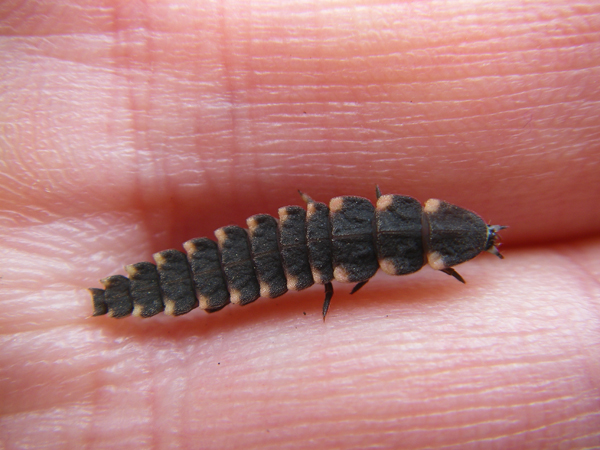 Glowworms are actually a type of beetle: the adult females have two brightly-glowing segments on the underside of their rear abdomen, which they use to attract the flying male beetles on summer evenings. They feed on tiny snails and although said to prefer chalky or limestone soils can be recorded anywhere with suitable habitat: open vegetation such as grassland or hedges. The peak for finding glowing females is usually July, so why not have a look at a few sites in your locality and see if you can find some.
Glowworms are actually a type of beetle: the adult females have two brightly-glowing segments on the underside of their rear abdomen, which they use to attract the flying male beetles on summer evenings. They feed on tiny snails and although said to prefer chalky or limestone soils can be recorded anywhere with suitable habitat: open vegetation such as grassland or hedges. The peak for finding glowing females is usually July, so why not have a look at a few sites in your locality and see if you can find some.
Staying with the theme of nocturnal and crepuscular wildlife, at the end of May I went on a bat monitoring and moth trapping evening organised by BBOWT and Berks and South Bucks Bat Group, on the southern side of Greenham Common. As the evening was mild (and teeming with midges and mosquitoes!) we were hoping for some good numbers of bats, but alas all the bat nest boxes we checked were empty and there were few calls picked up by our bat detectors. We were lucky enough to catch a couple of Pipistrelle bats in the mist nets set up by James Shipman and other BSBBG volunteers. These tiny bats can each consume up to 3,000 insects in a single night! After spending several hours being bitten despite liberal amounts of insect repellent, I was silently wishing the Pipistrelles good hunting.
The bat action being less than stellar, I joined the moth trappers for a few hours of identifying the various moths and other night-time insects lured in by the lamps and white sheets placed around the common. I love moth trapping: there’s something quintessentially English about sitting in the dark peering at moth identification books and fluttering beasties in bug pots, periodically bombarded by bemused cockchafer beetles. I’ve yet to meet a moth enthusiast who isn’t also a thoroughly nice person. Enthusiasm is infectious, and frankly I find the geekiness of entomologists rather loveable. I’m well aware that this qualifies me for geekdom myself: it’s an identity I happily embrace, along with my many other guises. Oh, and moth trappers always make sure that good biscuits are conveniently to hand, as you can see on the left-hand edge of white sheet.
In early June I went on a dragonfly and damselfly identification course, one of the many Developing Your Skills workshops that BBOWT run across Berkshire, Buckinghamshire and Oxfordshire. If you volunteer for BBOWT these courses are free of charge, but even if you pay, at £30.00 these courses are excellent value for money. This particular day was led by local ecology consultant Adrian Hickman, a very knowledgeable naturalist who can communicate what he knows in a clear and accessible way. Adrian’s morning classroom sessions focussing on identification features were reinforced by an afternoon fieldwork session on ponds around Greenham Common. And once again the sun was shining, so we had good amounts of sightings of Broad-bodied Chasers, Emperor Dragonflies, Large Red Damselflies (pictured above) and Azure Damselflies to name a few.
I’m looking forward to a summer of exploring nature and putting some of my newly-acquired skills to use: but one of the perks of working in environmental teaching is that even when I’m at work I get lots of opportunities to notice and appreciate the natural world. Recently I’ve started giving illustrated talks to groups, about subjects including wildlife gardening, foraging for wild foods and environmental education. It’s a genuine pleasure to be able to share my enthusiasm for the natural world with even more people, adults and children alike. A love of wildlife is catching, but unlike other infectious things, it’s really good for you! It’s good to see the BBC promoting their Summer of Wildlife, which will hopefully get more people turned on to nature in their own locality. I’ll certainly be out there: peering at moths, sniffing plants, studying dragonflies. However you plan to spend your summer, I hope you enjoy it too.

